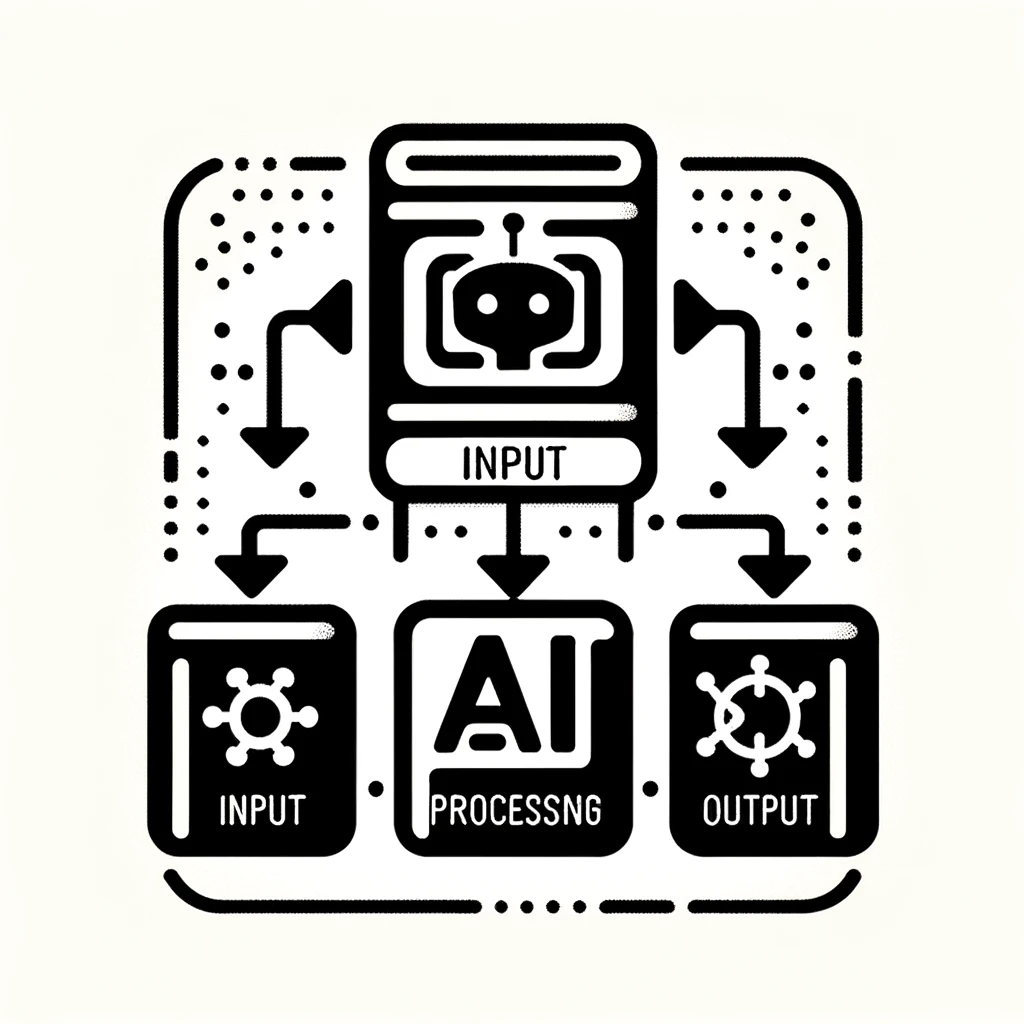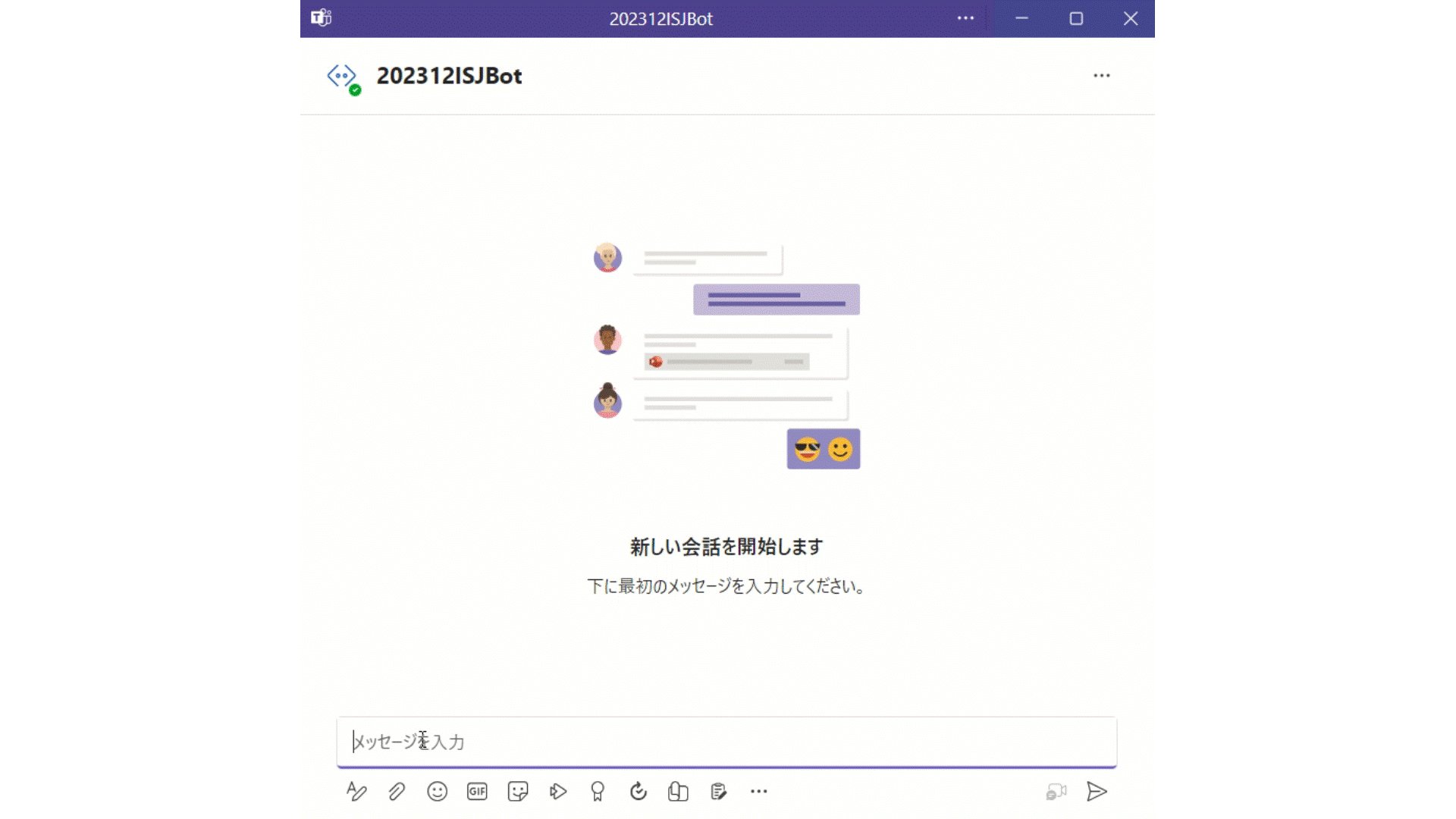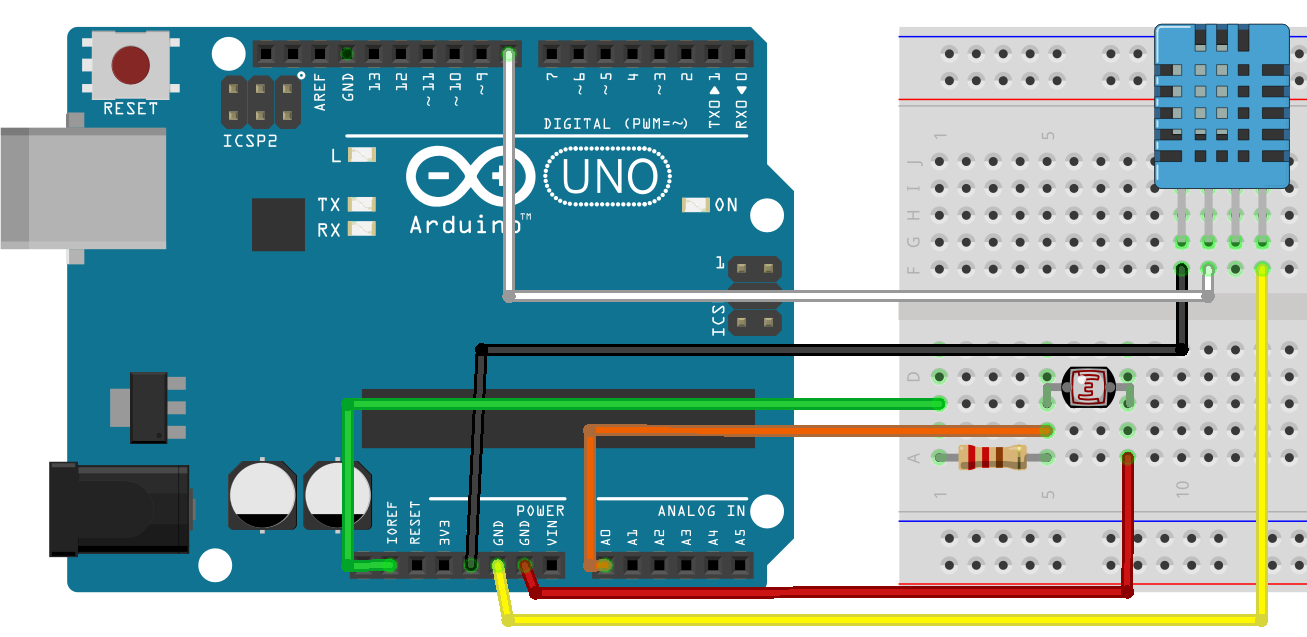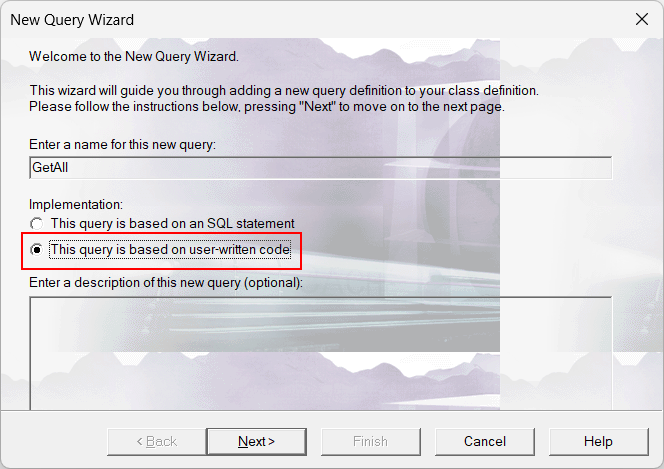If a picture is worth a thousand words, what's a video worth? Certainly more than typing a post.
Please check out my "Coding talks" on InterSystems Developers YouTube:
1. Analysing InterSystems IRIS System Performance with Yape. Part 1: Installing Yape
https://www.youtube.com/embed/3KClL5zT6MY
[This is an embedded link, but you cannot view embedded content directly on the site because you have declined the cookies necessary to access it. To view embedded content, you would need to accept all cookies in your Cookies Settings]
Running Yape in a container.
2. Yape Container SQLite iostat InterSystems
https://www.youtube.com/embed/cuMLSO9NQCM
[This is an embedded link, but you cannot view embedded content directly on the site because you have declined the cookies necessary to access it. To view embedded content, you would need to accept all cookies in your Cookies Settings]
Extracting and plotting pButtons data including timeframes and iostat.







